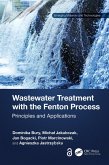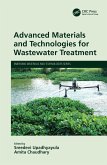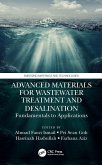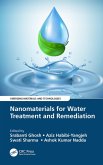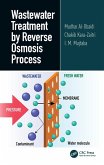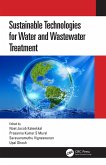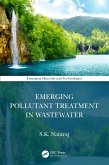FEATURES
- Describes in detail the heterogeneous Fenton process and process applications
- Analyzes the advantages and disadvantages of different catalysts available and their suitability to speci¿c processes
- Provides economic analysis of the Fenton process in a ready-to-use package for industrial practitioners for adaptation into already existing industrially viable technologies
- Promotes a modern solution to the problem of degradation of hazardous compounds through ecological and environmentally friendly processes and the use of a catalyst that can be recycled
- Explains highly complex data in an understandable and reader-friendly way
Intended for professionals, researchers, upper-level undergraduate and graduate students in environmental engineering, materials science, chemistry, and those who work in wastewater management.
Chapters 3, 4, and 9 of this book are freely available as a downloadable Open Access PDF at http://www.taylorfrancis.com under a Creative Commons Attribution-Non Commercial-No Derivatives (CC-BY-NC-ND) 4.0 license.
Dieser Download kann aus rechtlichen Gründen nur mit Rechnungsadresse in A, B, BG, CY, CZ, D, DK, EW, E, FIN, F, GR, HR, H, IRL, I, LT, L, LR, M, NL, PL, P, R, S, SLO, SK ausgeliefert werden.



